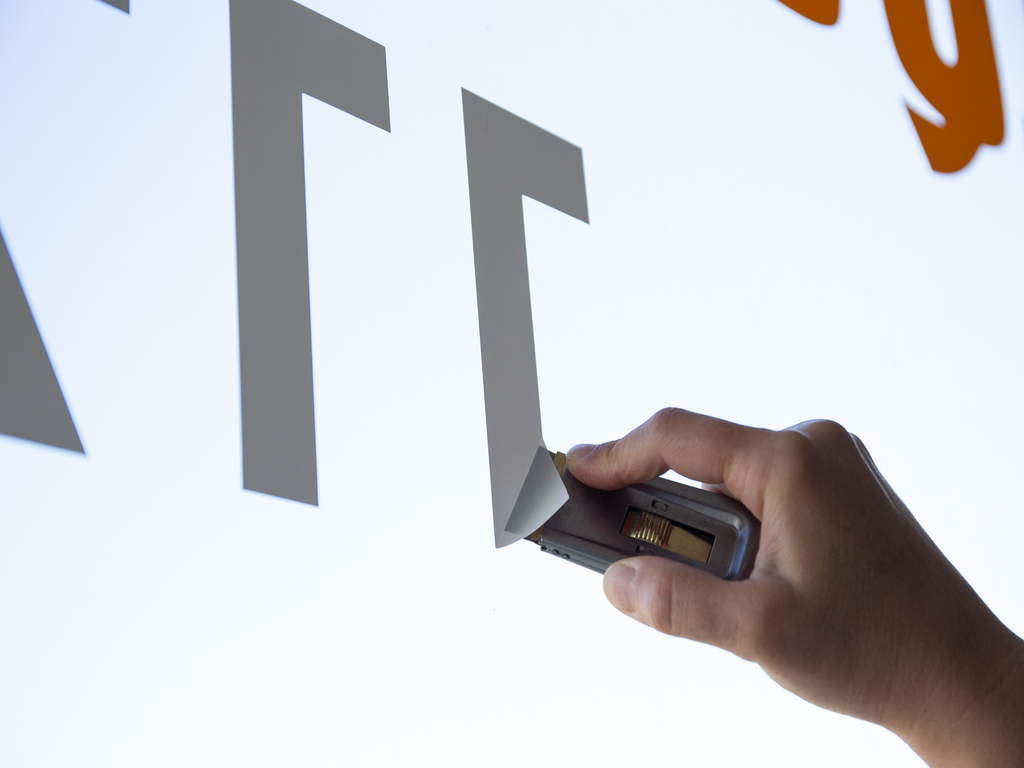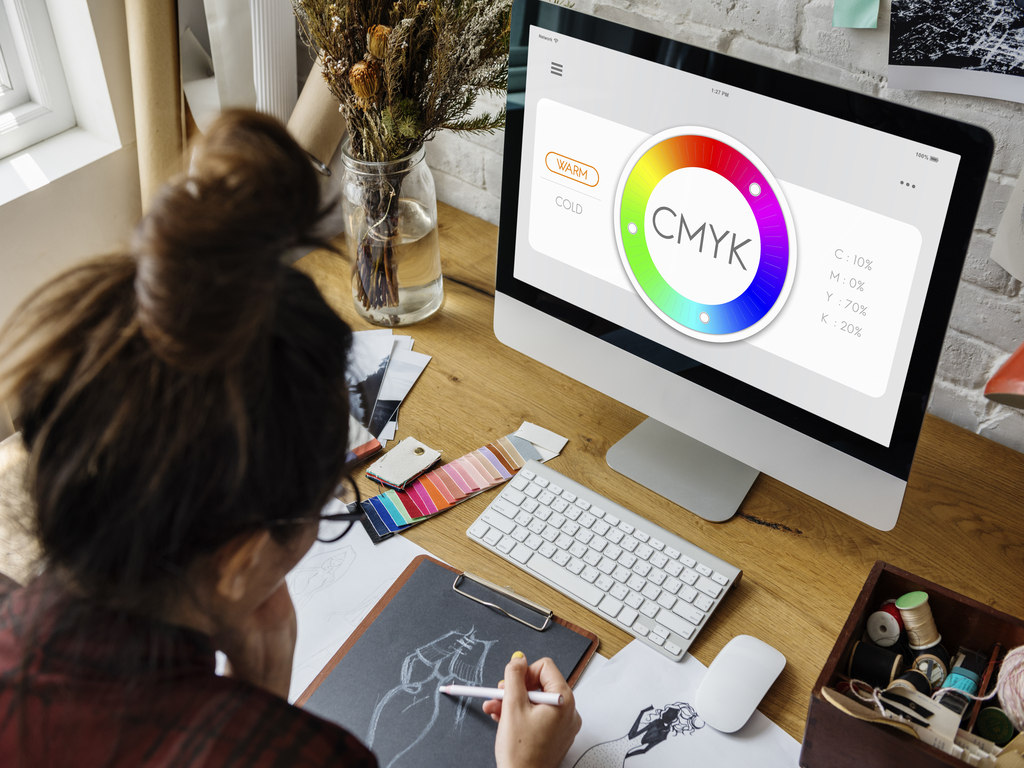Sublimation vs. Heat Transfer Paper
When it comes to customizing clothing, mugs, or other promotional items, two popular printing methods come to mind: sublimation and heat transfer paper. Both techniques offer unique advantages and disadvantages, making it essential to understand the differences between them. In this article, we’ll delve into sublimation printing and heat transfer printing, outlining their pros and cons. Additionally, we’ll explore the distinctions between the two methods, including durability, print quality, and color options.
Sublimation Printing
Pros:
- Vibrant Colors: Sublimation printing produces exceptionally vibrant and long-lasting colors. The ink is transformed into a gas during the process, allowing it to penetrate the fabric’s fibers deeply. This results in a bright, fade-resistant finish.
- Durability: Sublimation prints are highly durable and can withstand repeated washes without fading, cracking, or peeling. The print becomes a part of the fabric rather than sitting on top, ensuring longevity.
- No Added Texture: Sublimation printing leaves no discernible texture or raised surface on the material. The result is a smooth, soft finish that doesn’t compromise the fabric’s feel.
Cons:
- Limited to Polyester: Sublimation printing works best on polyester or polyester-coated surfaces. Natural fabrics like cotton won’t accept the ink effectively, limiting the range of materials that can be used.
- Higher Initial Costs: The equipment required for sublimation printing can be more expensive than heat transfer paper. This includes a sublimation printer, heat press, and special sublimation inks.
Heat Transfer Printing
Pros:
- Versatility: Heat transfer printing can be used on a wider range of materials, including cotton, polyester, and blends. This makes it more versatile for various custom printing applications.
- Cost-Effective: Heat transfer paper and standard inkjet or laser printers are readily available and affordable. This makes it a cost-effective option for small-scale projects.
- Quick Turnaround: Heat transfer printing is a relatively quick process, making it suitable for on-demand printing and small production runs.
Cons:
- Less Vibrant Colors: The colors in heat transfer prints may not be as vibrant or long-lasting as sublimation prints. Over time, they can fade or crack with frequent washing.
- Texture: Heat transfer paper leaves a thin layer of ink on the fabric’s surface, which can create a slightly raised texture. This texture may not be ideal for all applications, particularly those requiring a smooth finish.
Differences between Sublimation and Heat Transfer Printing
The primary difference between these two methods lies in how the ink is applied to the fabric. Sublimation printing involves converting ink into a gas, which then permeates the fabric, while heat transfer paper uses a solid ink layer that adheres to the fabric’s surface. This fundamental distinction affects color vibrancy, durability, and texture.
Durability and Feeling
Sublimation printing wins the durability and feel category, with prints that outlast heat transfer paper counterparts. Sublimated prints are soft to the touch and maintain their vibrancy through numerous washes. Heat transfer paper, on the other hand, may degrade over time, with colors fading and textures becoming more noticeable.
The Colors That Are Available for Printing
Sublimation printing also excels in color quality. The gas-based ink allows for a broader spectrum of vibrant colors and complex designs, making it the preferred choice for intricate and vivid graphics. Heat transfer paper is limited to the capabilities of standard inkjet or laser printers, resulting in slightly duller colors and fewer possibilities for intricate designs.
In conclusion, choosing between sublimation and heat transfer paper printing depends on your specific needs and budget. Sublimation printing is ideal for high-quality, long-lasting, and vibrant prints on polyester materials. Heat transfer paper, while more versatile, may be better suited for smaller projects or those requiring a quicker turnaround. Understanding the differences and weighing the pros and cons of each method will help you make an informed decision for your printing needs.




